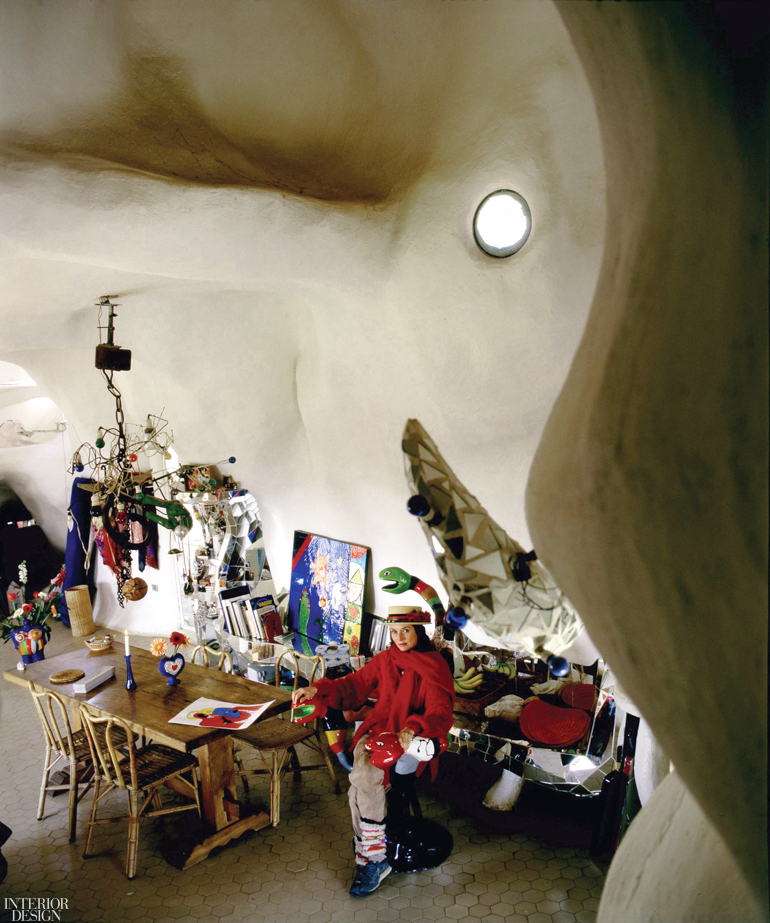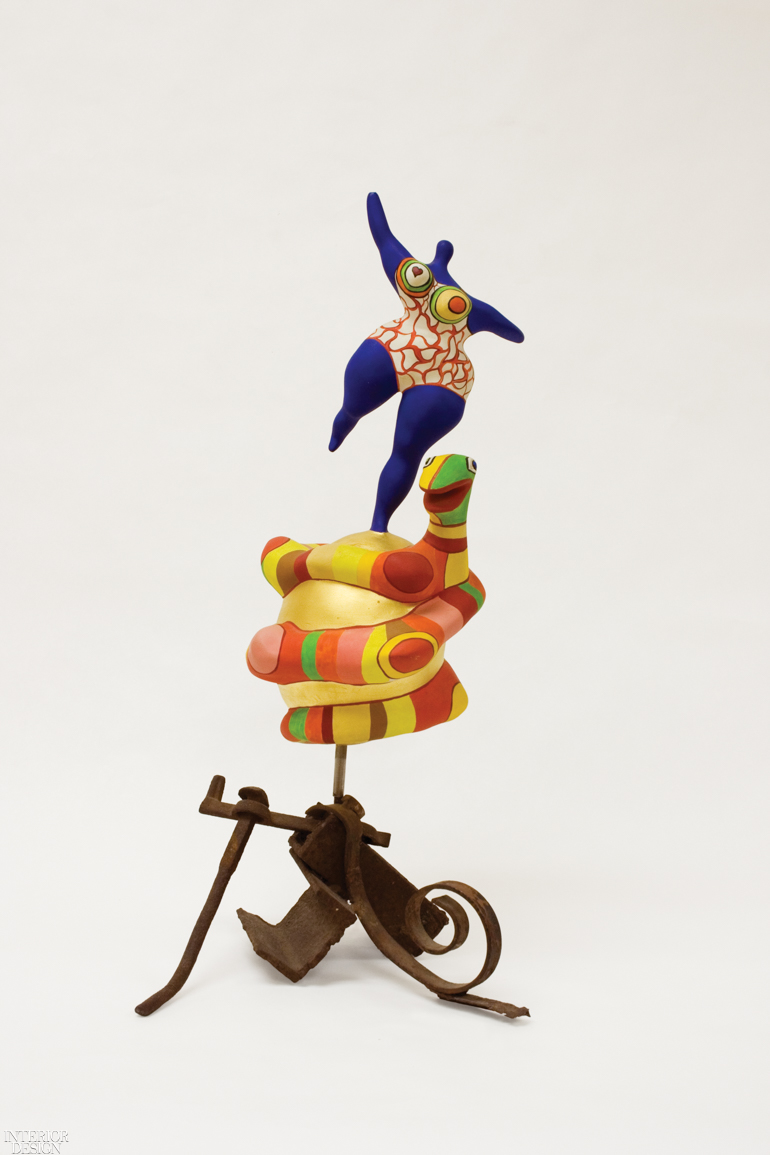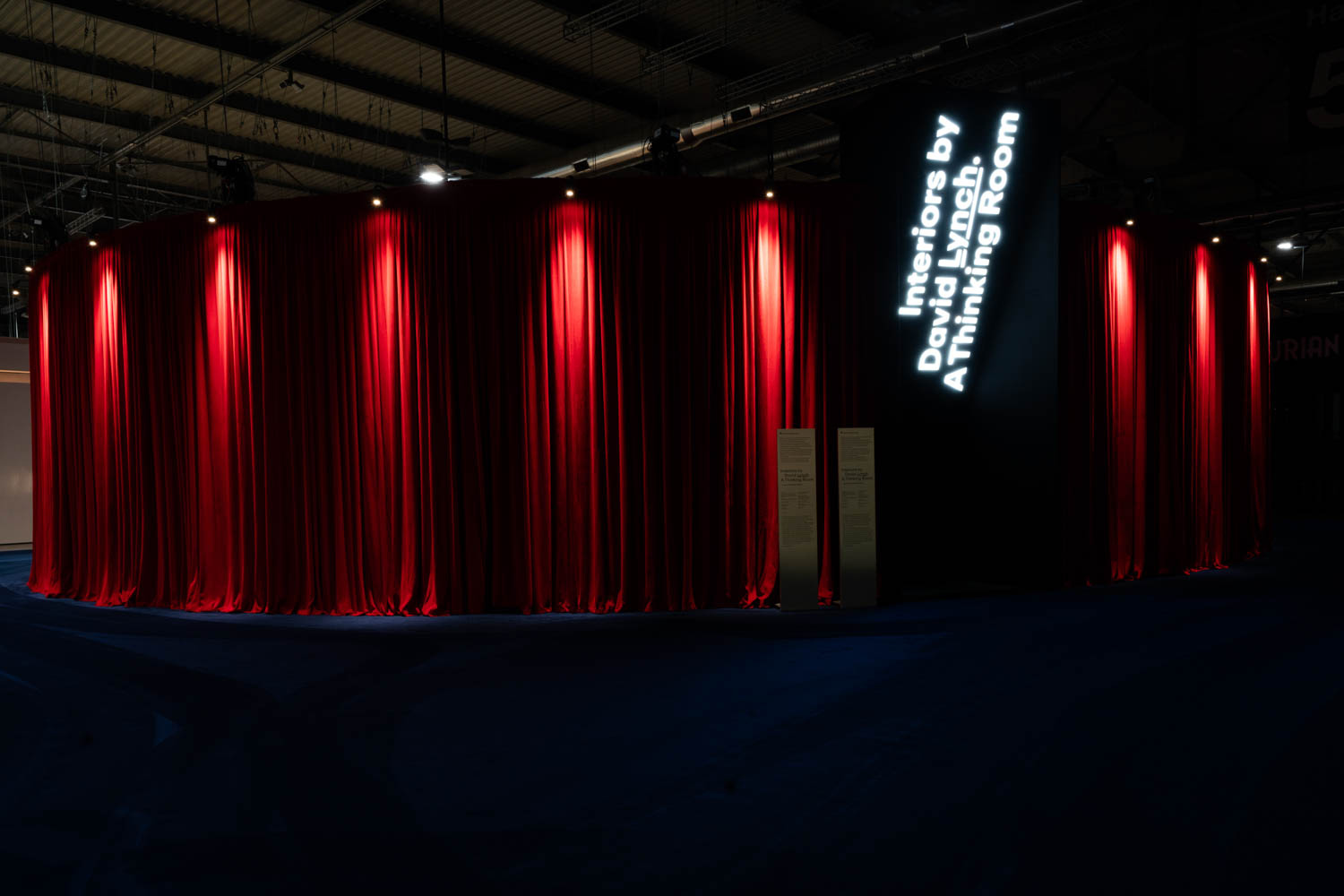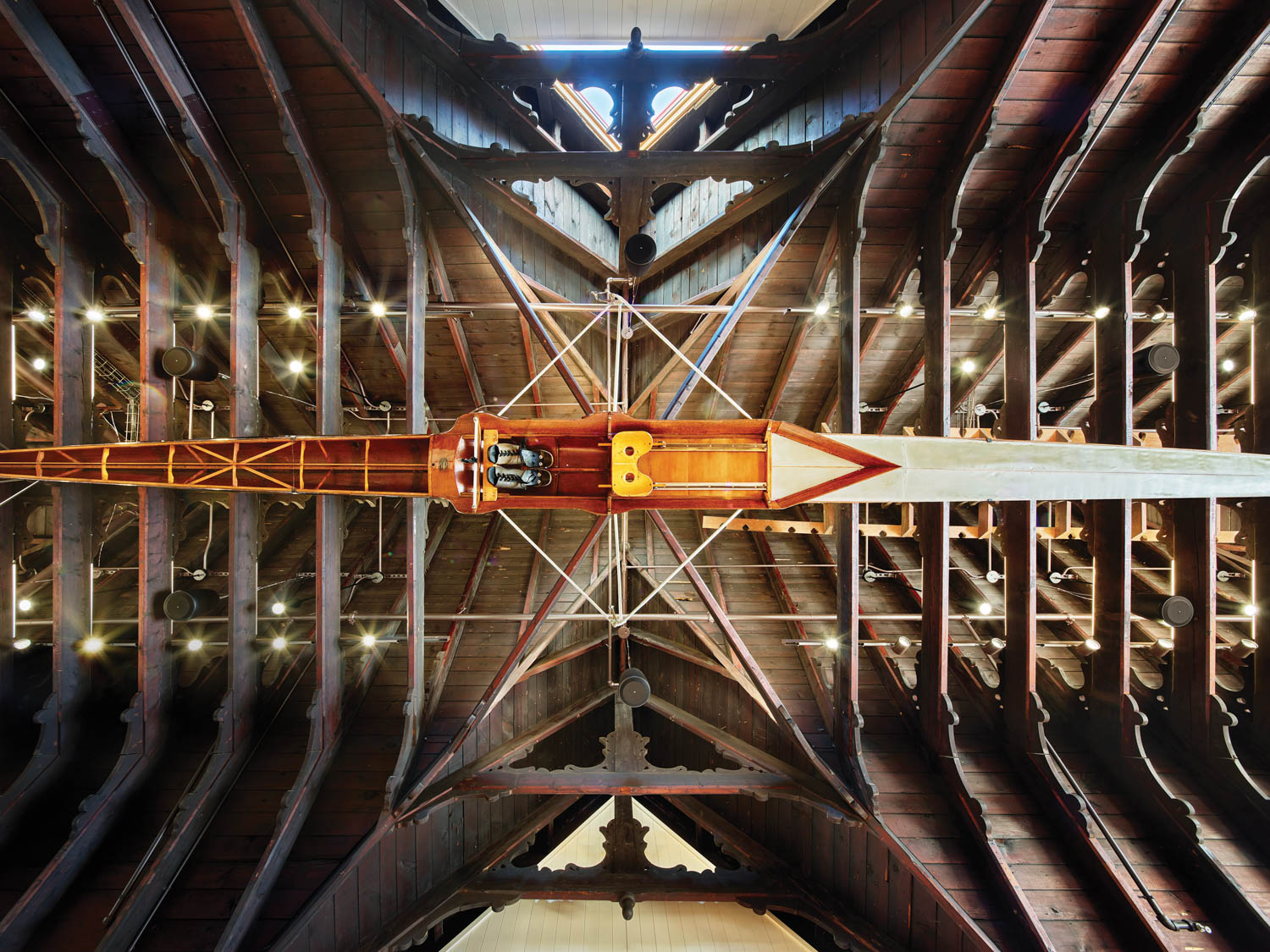The Joy of Sculptor Niki de Saint Phalle Uplifts Gallery Salon 94’s New Upper East Side Location

Salon 94’s current Niki de Saint Phalle exhibition, Joy Revolution, could hardly be imagined outside the gallery’s new Upper East Side headquarters, which was once resided by artist Anna Hyatt Huntington, the first woman to create a public sculpture in New York in 1915. Ogden Codman designed the five-story limestone and tan brick-clad Beaux-Arts building in 1913 for the sculptor and her philanthropist husband, Archer Huntington. Until the couple donated the property to The National Academy of Design in 1940, they exhibited Anna Hyatt Huntington’s sculptures at the 17,500-square-foot house. After tapping Rafael Viñoly for renovation, the gallery inaugurates the house’s facelift with Saint Phalle’s larger-than-life sculptures, including two climbable Guardian Lions which she created two years before passing in 2002. The soaring 14-foot ceiling at the entry level conveys an institutional environment for the vibrant sculptures, with their mosaic surfaces that match the classical charm of the original penny-tile flooring.

Born in France and raised in New York, a few blocks away from the gallery’s location, Saint Phalle is an iconic figure for arts of all forms. In addition to her groundbreaking approach to sculpture, the artist’s boldly colorful yet intricately thoughtful visual lexicon in drawing, architecture, painting, fashion, and even perfumery still endures as a proof of genre-pushing creativity. Despite being celebrated as an artist of European tradition, Saint Phalle was strongly influenced by the transformation of the 20th century America, where she lived until her mid-20s. “This show proves that her active role in French art, especially Nouveau réalisme, was not opposing to her use of American aesthetic,” Jeanne Greenberg Rohatyn, founder of Salon 94, tells Interior Design.

The artist’s modus operandi is Tarot Garden, a public park in Tuscany with 22 tarot-inspired sculptures, including a Sphinx in which she lived. The dealer, however, points out traces of Pop Art in Saint Phalle’s work, and exhibition curator Fabienne Stephan agrees: “She was a New Yorker, influenced by everything from Times Square to Coca Cola advertisement—here, she understood the power of color.” Saint Phalle’s colors and characters spill onto the other side of the East River with her first U.S. museum exhibition at MoMA PS1, Structures for Life, which sheds light onto her smaller sculptures and role in social activism. Back at Salon 94, the very first of the Nanas, a series of energetic bulbous female figures she made out of resin between 1964 and 1973, sits in The Stone Room on the second floor by 15-foot arched windows.





